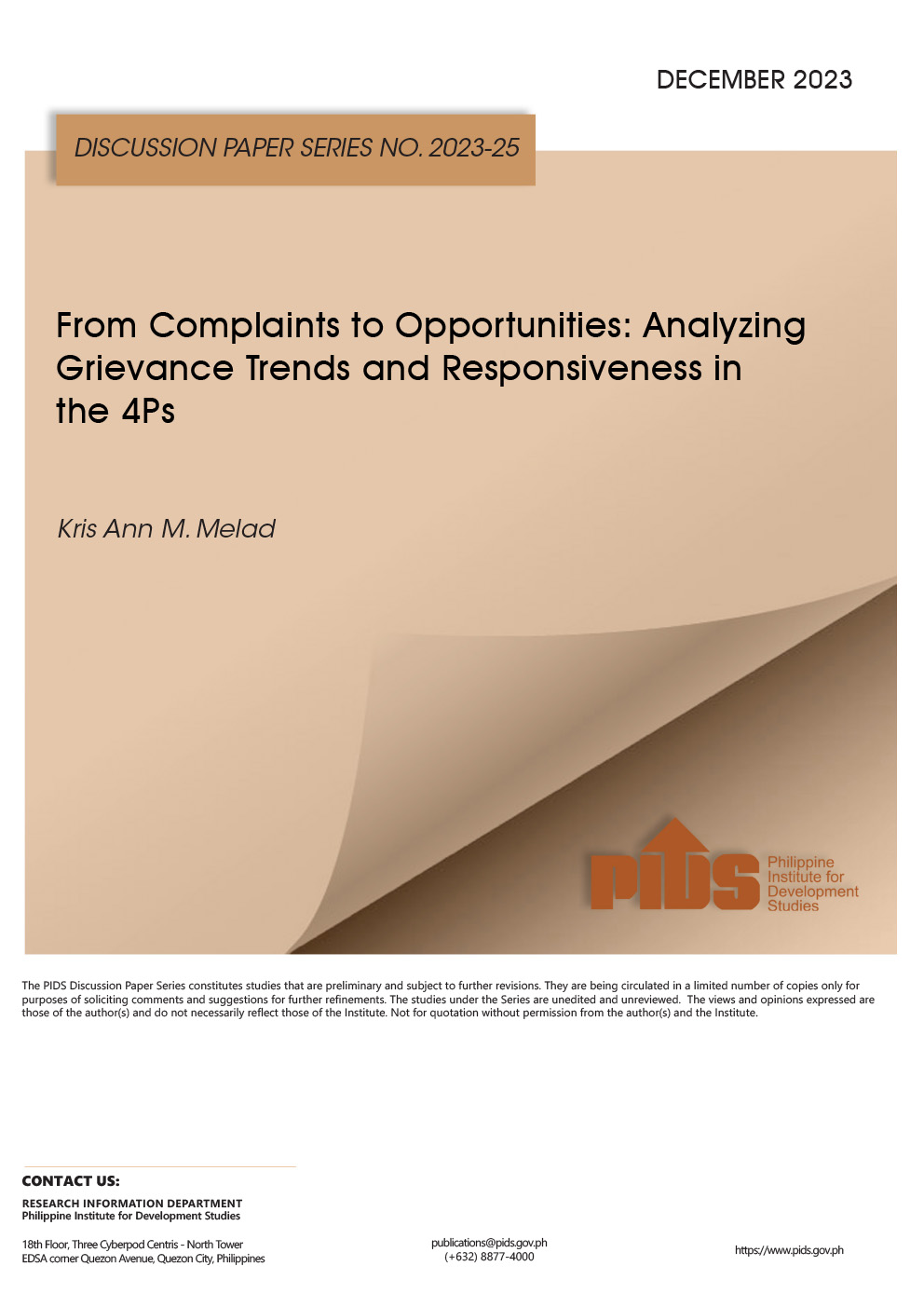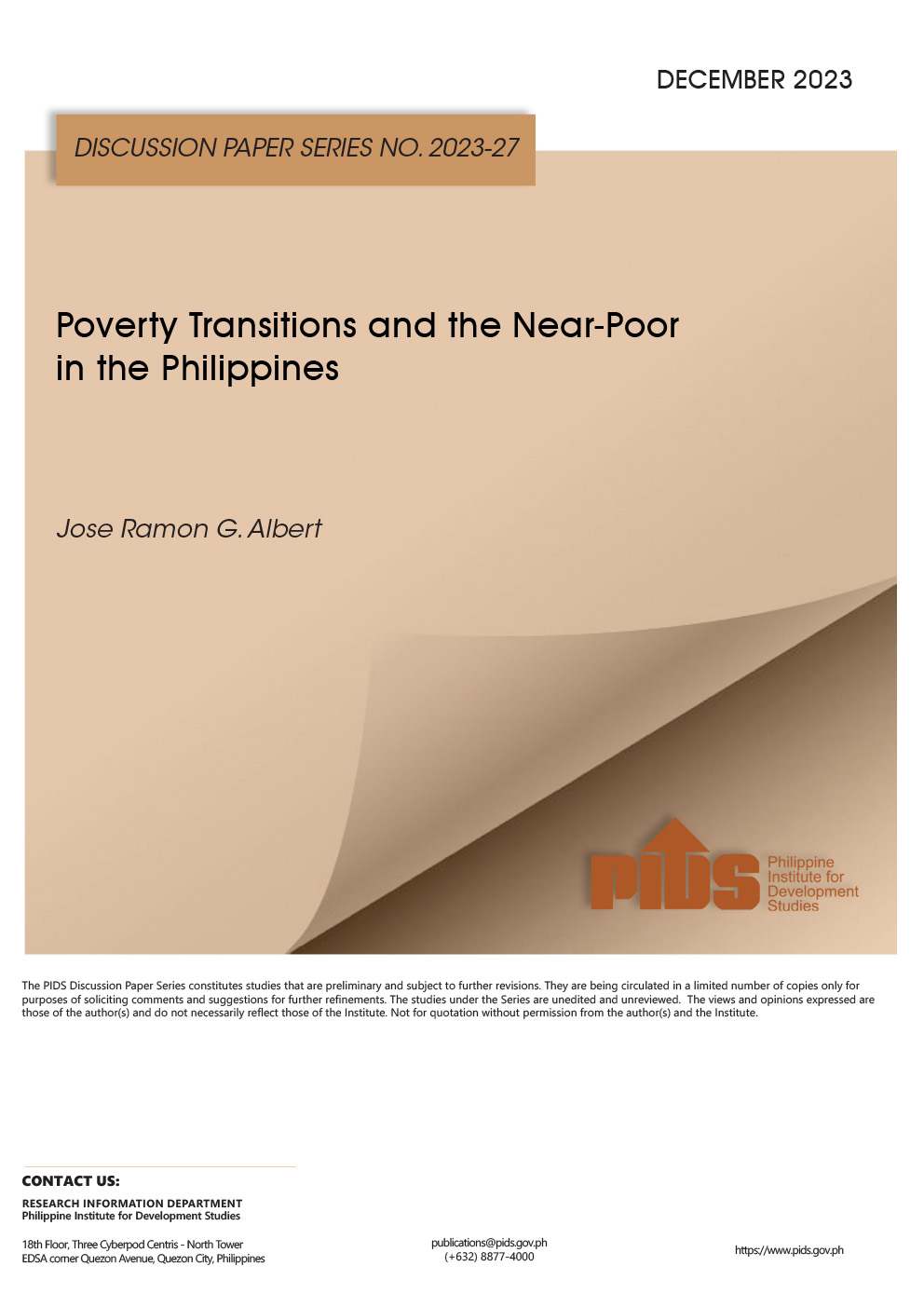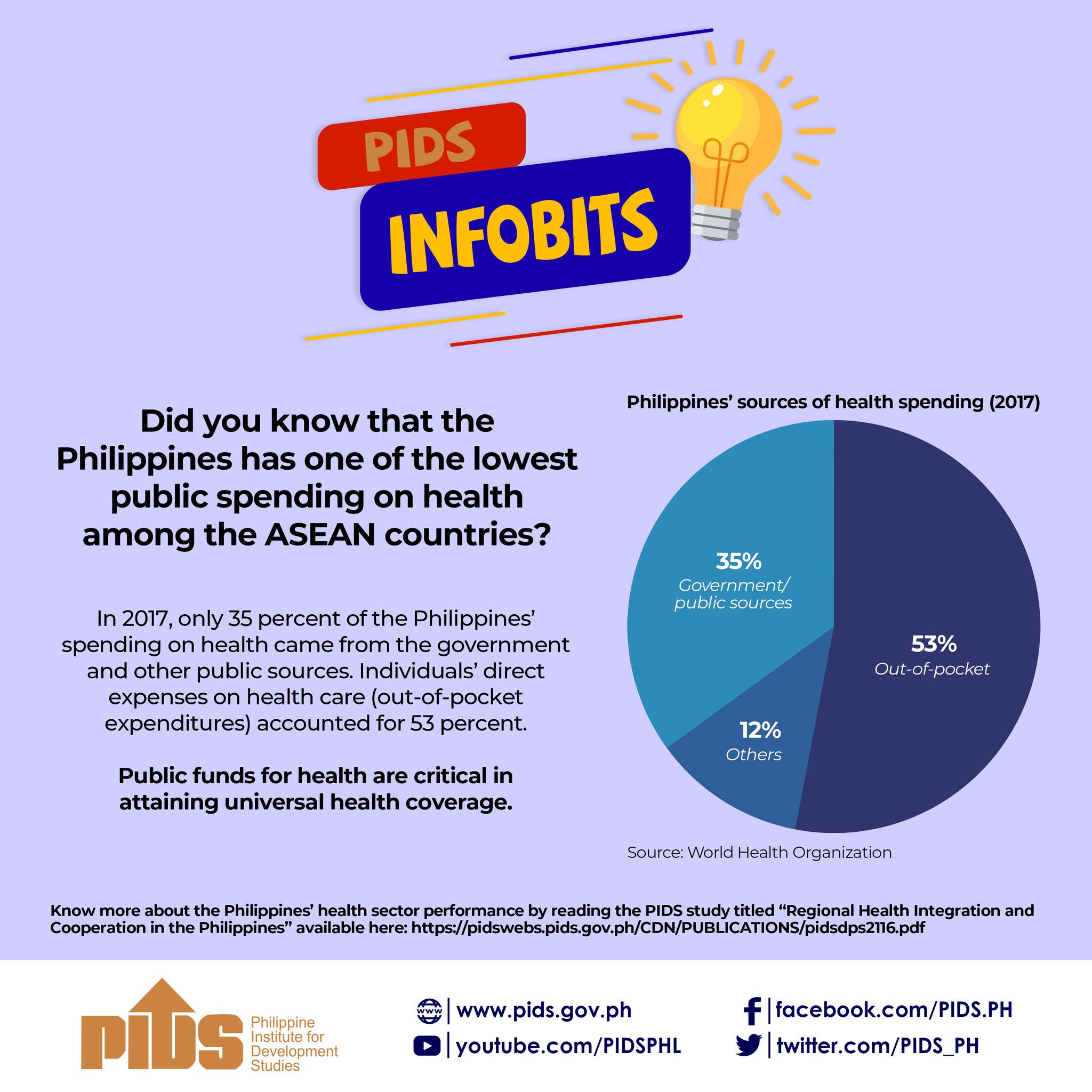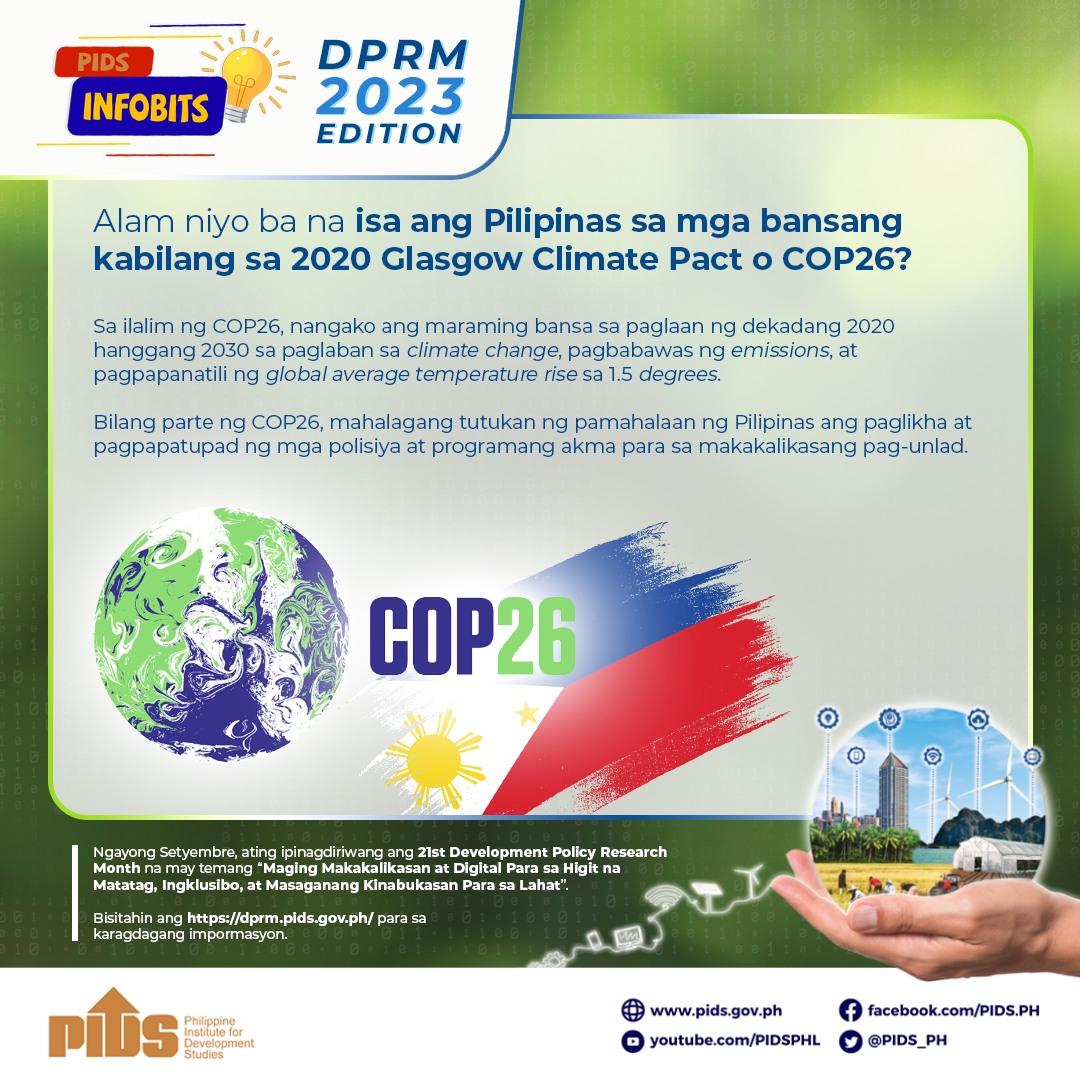THE World Bank (WB) said the Philippines’ cash transfer program, designed to aid the poorest 40% of the population, has seen beneficiaries from outside that category creep in gradually, to the point where only 60% of recipients in 2020 would have qualified under the original eligibility criteria.
“In 2009, almost 92% of (the Pantawid Pamilyang Pilipino Program) beneficiaries belonged to the bottom 40% of income distribution. However, this share has declined over time and, by 2020, during the pandemic, only slightly over 60% of… household (beneficiaries) are from the bottom 40%,” World Bank Senior Economist for Social Protection and Jobs Global Practice Yoonyoung Cho said in a presentation with the Philippine Institute for Development Studies (PIDS) on Thursday.
She was referring to the government’s cash transfer program, which is also known as the 4Ps.
Ms. Cho called for a cleanup of the Philippines’ beneficiary list to ensure that payments intended for the most vulnerable members of the population do not leak to unauthorized recipients.
“There should be a clean beneficiary and citizens database which facilitates better targeting (or) identification of beneficiaries in the time of crisis,” she said, calling the distribution of aid in the Philippines “quite inefficient.”
She added that “prioritizing those in the greatest need enhances fiscal efficiency, meaning greater impact for peso spent.”
When beneficiaries are effectively targeted, she backed the use of multiple financial service providers for disbursements to “further enhance greater access and convenience for beneficiaries.”
“(These) delivery systems can be enhanced using digital tools,” Ms. Cho said.
“This does not mean that poor beneficiaries have to become internet experts. Rather, wherever feasible, the implementers (should) use these tools and platforms for swifter response so they have sufficient time and energy to care for beneficiaries.”
Ms. Cho also recommended the streamlining of contingency financing mechanisms ahead of calamities and “simpler bureaucratic processes for activating and using the calamity funds.”
“Utilizing the rapidly developing and growing finance ecosystem for government transfers will greatly help,” Ms. Cho said.
She called for the Philippine Identification System (PhilSys) ID and the PhilSys Number rollout to be expedited.
“The PhilSys holds a key to many of these recommendations and it has made a huge progress during the pandemic,” Ms. Cho said.










